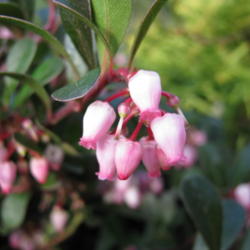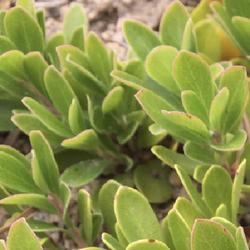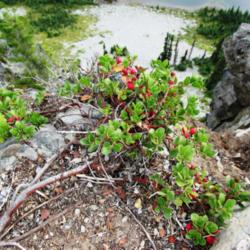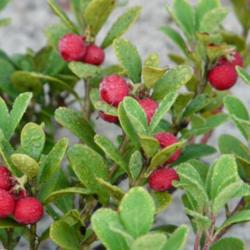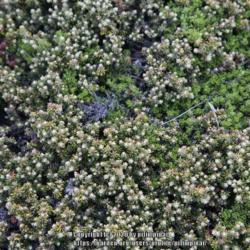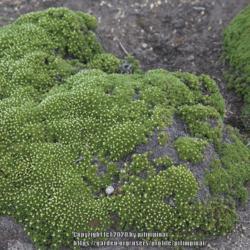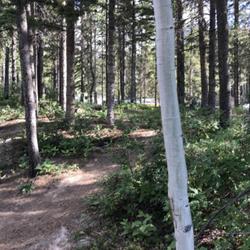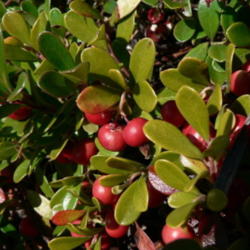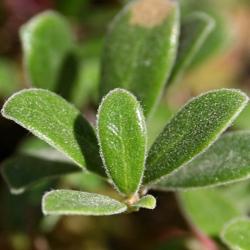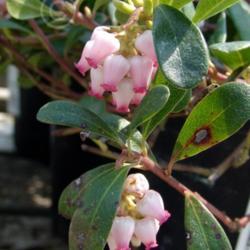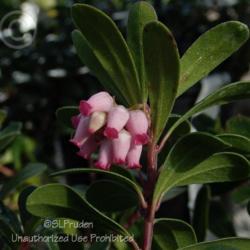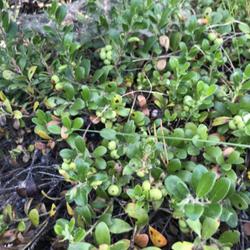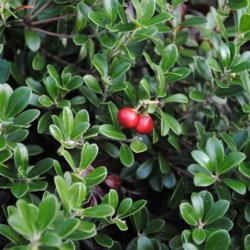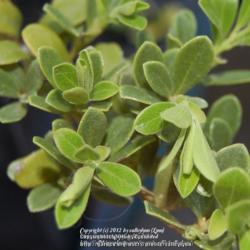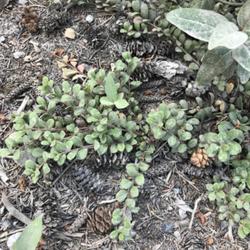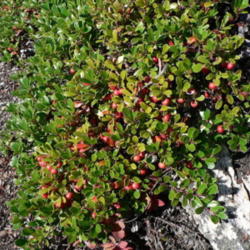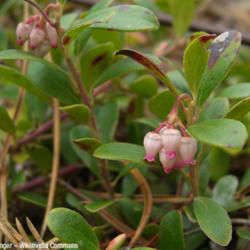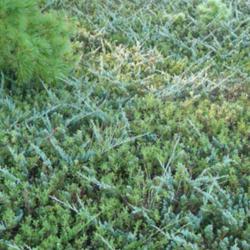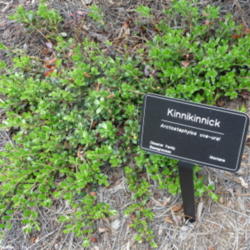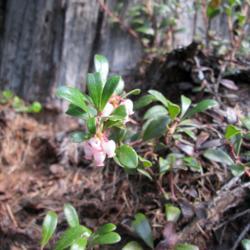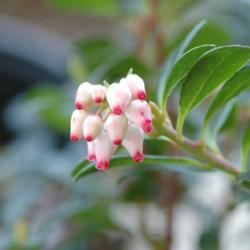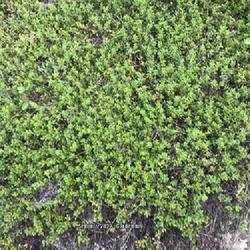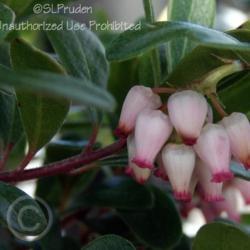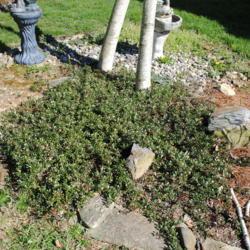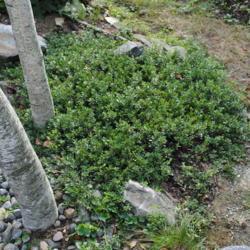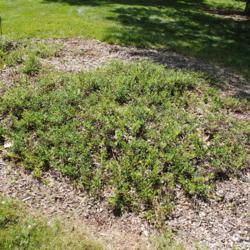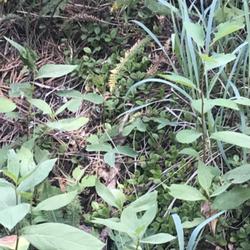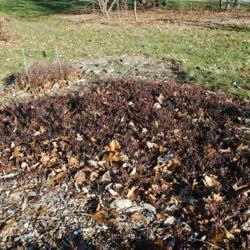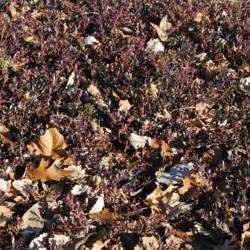| Plant Habit: | Shrub |
| Life cycle: | Perennial |
| Sun Requirements: | Full Sun Full Sun to Partial Shade |
| Water Preferences: | Mesic Dry Mesic |
| Soil pH Preferences: | Very strongly acid (4.5 – 5.0) Strongly acid (5.1 – 5.5) Moderately acid (5.6 – 6.0) Slightly acid (6.1 – 6.5) Neutral (6.6 – 7.3) |
| Minimum cold hardiness: | Zone 2 -45.6 °C (-50 °F) to -42.8 °C (-45°F) |
| Maximum recommended zone: | Zone 7a |
| Plant Height: | 6-12 inches |
| Plant Spread: | slow grower to 8 feet; 2 foot spacing is generally recommended to establish. |
| Leaves: | Evergreen |
| Fruit: | Showy |
| Fruiting Time: | Late summer or early fall Fall |
| Flowers: | Showy |
| Flower Color: | Pink White |
| Bloom Size: | Under 1" |
| Flower Time: | Late spring or early summer |
| Suitable Locations: | Beach Front Xeriscapic Terrariums Alpine Gardening |
| Uses: | Provides winter interest Erosion control Groundcover Medicinal Herb Will Naturalize Suitable for miniature gardens |
| Edible Parts: | Fruit |
| Wildlife Attractant: | Bees |
| Resistances: | Fire Resistant Tolerates dry shade Tolerates foot traffic Drought tolerant Salt tolerant |
| Propagation: Seeds: | Self fertile Stratify seeds: Seed has a double-dormancy that requires breaking. Other info: Seed has a long shelf-life due to hard seed coat and dormant embryo. |
| Propagation: Other methods: | Cuttings: Stem Cuttings: Tip Layering Stolons and runners Other: Use cuttings of current year’s growth; propagules collected mid-Sept to mid-Oct have greatest rooting potential; apply rooting hormone and mycorrhizal inoculum for longer roots and greater root biomass. |
| Pollinators: | Self Bees |
| Containers: | Suitable in 3 gallon or larger |
| Miscellaneous: | Tolerates poor soil Monoecious |
| Conservation status: | Least Concern (LC) |
